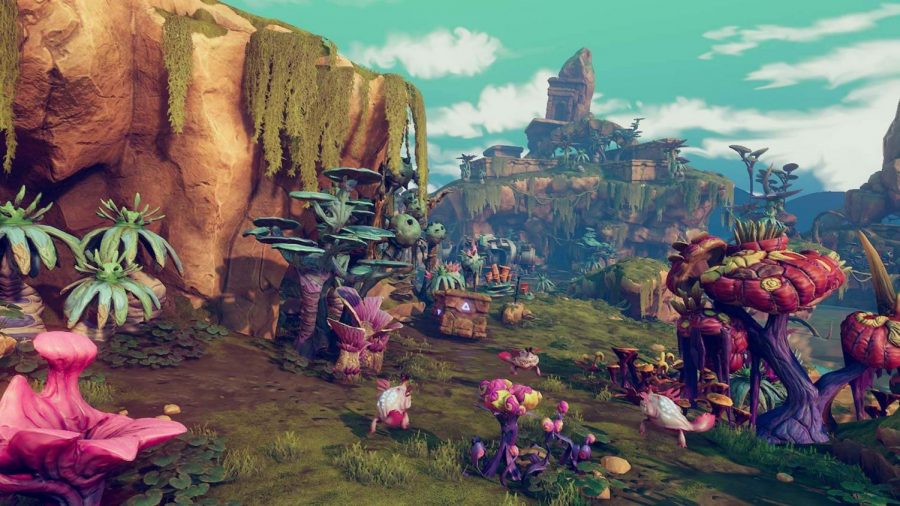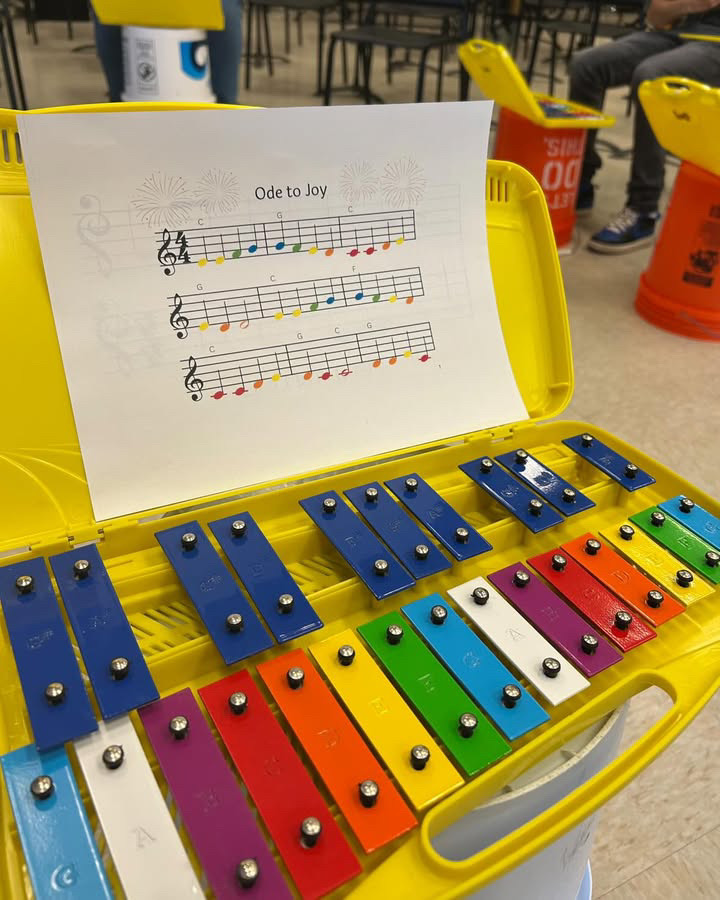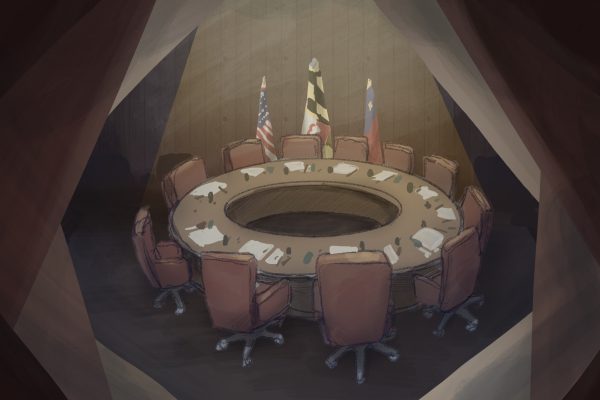Game Development Club offers students an artistic approach to programming
Ben Payot constructed this open world design over the summer.
February 26, 2021
It’s the Game Development Club’s first meeting of the school year, and the club is holding a competition to see who can create the most realistic-looking donut on Blender, a 3D modeling software used in the development process. After a close competition, senior Ethan Ma believed that junior Shai Ndashimye had created the donut with the best texture and detail. There’s no prize for the winner of this contest, but the competition creates an energetic atmosphere that breaks the ice for new members who were expecting to jump straight into learning how to program.
Last fall, Ma and senior Ben Payot started the Game Development Club, which teaches other Whitman students how to program using a new approach: video game development. Video game development uses a combination of programming and modeling to create interactive, stimulating games. The techniques used in video game programming help each club member build upon their basic knowledge of game design and further expand their programming skills.
“Teaching through game development is the important part of the club since gaming leads people into programming,” Ma said. “Game development feels a lot more natural than other parts of programming since you have an end goal, and it’s very fulfilling.”
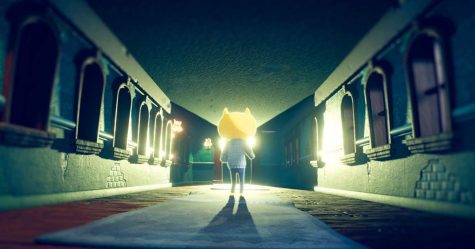
Although a large focus of the club is on the programming component of game development, members aren’t required to have any experience before joining. Video game development is a way to create interest in programming as it sets the groundwork for techniques used in higher level programming fields, Ma said.
Video game programming may seem complex to beginners, but it’s rather simple when compared to more advanced forms of programming, Ma said. Video game development is a fully interactive process for the programmer, unlike most other forms of programming
“Any changes that you make into the code you see directly on the screen, which is really important,” Ma said. “The learning curve for video game programming is more practical.”
Originally called the Programming Club, the group’s initial plan was to educate students on the basic skills that are most commonly used in video game programming. Once the club began, though, Ma and Payot were overwhelmed with the number of people eager to learn about the broader subject of video game development. While video game development was not the original focus of the club, Ma and Payot gave way to the interest expressed by the 70 to 80 newly recruited club members.
The skills involved in video game development allow students to gain experience using simple programming techniques while simultaneously pursuing a creative outlet, Ma said.
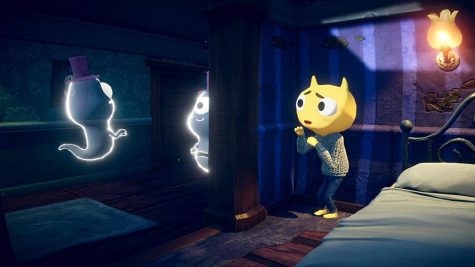
Now, the club also offers more artistic opportunities for those not interested in programming, Payot said. Members may develop characters, scenes, game levels, music scores and scripts. Payot is currently working on level designs and characters for a horror game, the objective of which is to avoid ghosts that periodically frighten the player throughout each level. Horror games are enjoyable to make since they rely heavily on character and level design to remain interesting, Payot said.
“You don’t necessarily need to learn how to code in order to develop games,” Payot said. “I don’t even know how to code, and I’m still in that process of making games.”
While Payot, with the help of his team, leads the development of each character and level for the club’s yet-to-be-named horror game, Ma is at work programming the in-game mechanics — the movement, physics, gravity and controls — and teaching the new programmers.
“I expected that when I joined the club, there would be experienced members, but the only people that were experienced with video game development were Ethan and Ben,” Ndashimye said. “I didn’t think we would have this phase of learning and tutorials, but it’s always great to try to get more people involved.”
Ndashimye is new to Whitman this fall and joined the Game Development Club with prior experience in game modeling. After following a link that he initially thought was spam sent during one of his Zoom classes, Ndashimye discovered the club and was immediately interested in joining.
“When I first clicked on the link, I thought someone was just playing a prank, but I opened the link to find it’s a serious club,” Ndashimye said. “They actually have deadlines and an agenda, so I joined and thought I might be part of something great.”
The club works in quarterly phases oriented with the school schedule. In the first quarter, club leaders teach members the basics of the programming and modeling softwares Unity and Blender. During quarter two, once the members have the basics down, they move into groups of four or five — half programmers and half developers — where they begin to develop their own games. These games will serve as a foundation for what the group wants to include when the whole club works together during the third and fourth quarters to develop and publish a game on Steam, a free computer gaming platform where users may download and play multiplayer or single player games.
The club’s aim is to create games that engage players through stories and interesting twists on well-known game themes, Ma said. Concepts from last year’s games include Killer Tetris, where the player must dodge blocks being placed by their opponent on a 3D field.
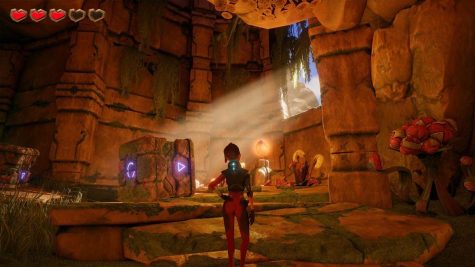
After schools shut down last spring, the Game Development Club had to stop producing the game they were developing because of files lost at the school. However, the team worked hard over the summer to create level and character designs for various types of games that they could start producing in the fall. Because the club functions online, members are able to progress toward their yearly goal of publishing a game on Steam on their own time, which sets the club ahead of schedule for this school year.
As the club evolves in its aim, the artistic aspects of the game have become just as important, if not more so, than the programming aspect, something a lot of people forget when they think of video game programming, Ma said. Sophomore Max Waldman agreed that whether it’s brainstorming game ideas or creating characters and scenes like Payot does, game development allows students to exercise their creativity.
“Game developing is such a creative form of expression because as long as you have the requisite knowledge, you can do anything,” Waldman said. “The medium of creating a game is so conducive to expressing yourself and doing what you want.”
Students interested in joining the Game Development Club should contact club leaders Ethan Ma at [email protected] or Ben Payot at [email protected].



